Best movies like Karayuki-San, the Making of a Prostitute
A unique, carefully handpicked, selection of the best movies like Karayuki-San, the Making of a Prostitute Starring Kikuyo Zendo, Shōhei Imamura, and more. If you liked Karayuki-San, the Making of a Prostitute then you may also like: Val, Our Homeland, Kuroneko, Black Rain, Born Into Brothels: Calcutta's Red Light Kids and many more popular movies featured on this list. You can further filter the list even more or get a random selection from the list of similar movies, to make your selection even easier.
Karayuki-san, the Making of a Prostitute is a 1975 Japanese film by director Shohei Imamura. It is a documentary on one of the Japanese "karayuki-san," who were women that were taken from their homes in Japan and used as prostitutes in the post-war period. Many of these women were told that they were doing this to support their families because of the extreme poverty that the war left much of Japan to live in. Imamura focuses on a particular such woman who was sent to Malaysia and never returned to Japan. Joan Mellen, in The Waves at Genji's Door, called this film, "Perhaps the most brilliant and feeling of Imamura's fine documentaries."
You may filter the list of movies on this page for a more refined, personalized selection of movies.
Still not sure what to watch click the recommend buttun below to get a movie recommendation selected from all the movies on this list
Our Homeland
From the late 1950s through the '70s, more than 90,000 of the ethnic Koreans in Japan emigrated to North Korea, a country that promised them affluence, justice, and an end to discrimination. KAZOKU NO KUNI tells the story of one of their number, who returns for just a short period. For the first time in 25 years, Sonho is reunited with his family in Tokyo after being allowed to undergo an operation there. Sonho’s younger sister Rie is at the centre of the film, and is not hard to recognise as the director’s alter-ego. In her documentaries DEAR PYONGYANG and SONA, THE OTHER MYSELF, Yang Yonghi told the story of her own life, and how, at age six, she experienced the departure of her three older brothers, who left their family for Pyongyang.
Kuroneko
In the Sengoku period, a woman and her daughter are raped and murdered by soldiers during a time of civil war. Afterwards, a series of samurai returning from the war through that area are found mysteriously dead with their throats torn out. The governor calls in a wild and fierce young hero to quell what is evidently an Onryō ghost. He encounters the two beautiful women in an eerie, beautiful scene. After spiritual purification, he meets the demon in a thrilling fight.
Black Rain
Shigematsu Shizuma lives with his senile mother, his wife Shigeko, and his niece Yasuko in a village near Fukuyama. He, his wife, his niece and his close friends in the village were present at the atomic bombing of Hiroshima. The Shizumas look for prospective husbands for Yasuko, but find that the families withdraw on finding out she was at Hiroshima.
Born Into Brothels: Calcutta's Red Light Kids
Documentary depicting the lives of child prostitutes in the red light district of Songachi, Calcutta. Director Zana Briski went to photograph the prostitutes when she met and became friends with their children. Briski began giving photography lessons to the children and became aware that their photography might be a way for them to lead better lives.
Cruel Story of Youth
A budding gangster enthralls a freeloading young woman, soon taking advantage of her knack for hitch-hiking to rob middle-class, middle-aged men.
Dreamcatcher
Longinotto's documentary is about Brenda Myers-Powell, who fights against sexual exploitation and supports prostitutes in Chicago. Brenda knows what she is talking about: her own story, involving teenage prostitution and a life of violence and abuse, is in stark contrast to her dauntless energy and optimism.
Why Not?
The film depicts carnivalesque atmosphere summed up by the cry "Ei ja nai ka" ("Why not?") in Japan in 1867 and 1868 in the days leading to the Meiji Restoration. It examines the effects of the political and social upheaval of the time, and culminates in a revelrous march on the Tokyo Imperial Palace, which turns into a massacre. Characteristically, Imamura focuses not on the leaders of the country, but on characters in the lower classes and on the fringes of society.
Gate of Flesh
In the shady black markets and bombed-out hovels of post–World War II Tokyo, a tough band of prostitutes eke out a dog-eat-dog existence, maintaining tenuous friendships and a semblance of order in a world of chaos. But when a renegade ex-soldier stumbles into their midst, lusts and loyalties clash, with tragic results. With Gate of Flesh, visionary director Seijun Suzuki delivers a whirlwind of social critique and pulp drama, shot through with brilliant colors and raw emotions.
Xiu Xiu: The Sent-Down Girl
Young teen girl Xiu Xiu is sent away to a remote corner of the Sichuan steppes for manual labor in 1975 (sending young people to there was a part of Cultural Revolution in China). A year later, she agrees to go to even more remote spot with a Tibetan saddle tramp Lao Jin to learn horse herding.
History of Postwar Japan as Told by a Bar Hostess
A documentary film showcasing life in postwar Japan as seen through the eyes of a bar hostess.
The Insect Woman
A woman, Tome, is born to a lower class family in Japan in 1918. The title refers to an insect, repeating its mistakes, as in an infinite circle. Imamura, with this metaphor, introduces the life of Tome, who keeps trying to change her poor life.
The Life of Oharu
In Edo Period Japan, a noblewoman's banishment for her love affair with a lowly page signals the beginning of her inexorable fall.
A Man Vanishes
A Man Vanishes examines the concept of Johatsu, tackling the phenomenon of people missing in Japan over the years. It picks one such person from the list, someone who had seemed to disappear from the face of the earth due to embezzlement from his company, and the filmmakers begin an investigative documentary into the reasons behind and attempt at tracking him down.
Pigs and Battleships
In the city of Yokosuka, Kinta and his lover Haruko, both involved with yakuza, brave the post-occupation period with a goal to be together.
The Pornographers
Subu makes pornographic films. He sees nothing wrong with it. They are an aid to a repressed society, and he uses the money to support his landlady, Haru, and her family. From time to time, Haru shares her bed with Subu, though she believes her dead husband, reincarnated as a carp, disapproves. Director Shohei Imamura has always delighted in the kinky exploits of lowlifes, and in this 1966 classic, he finds subversive humor in the bizarre dynamics of Haru, her Oedipal son, and her daughter, the true object of her pornographer-boyfriend’s obsession. Imamura’s comic treatment of such taboos as voyeurism and incest sparked controversy when the film was released, but The Pornographers has outlasted its critics, and now seems frankly ahead of its time.
Carmen from Kawachi
Like a girl runaway, Tsuyu moves to Osaka to work as a bar hostess. She meets the owner of a model school, Yoko, and seriously thinks about becoming a fashion model. Yoko tells her that she can move in to Yoko’s house to take lessons, while making a living at the same time.
Lies My Father Told Me
A Jewish boy grows up in 1920s Montreal with a grandfather who tells stories and a father who won't work.
The Tale of Genji
Genji, the son of the emperor, is the talk of the Kyoto nobility for his charm and good looks, yet he cannot stop himself from pursuing an unobtainable object of desire: his father's young and beautiful bride. Following the tragic consequences of his obsession, Genji wanders from one affair to another, always seeking some sort of completion to his life.
The Happy Hooker
Having emigrated to New York and immediately got the kiss-off from her mother-besotted fiance, a Dutch lass takes a well-paid office job and starts liberally sampling the local male talent. After a while she decides to make her pleasure her business too, and as her reputation grows she graduates to a high-class bordello. Soon she realises she has the right talents to make a real success of a place of her own.
Live Nude Girls Unite!
Documentary look at the 1996-97 effort of the dancers and support staff at a San Francisco peep show, The Lusty Lady, to unionize. Angered by arbitrary and race-based wage policies, customers' surreptitious video cameras, and no paid sick days or holidays, the dancers get help from the Service Employees International local and enter protracted bargaining with the union-busting law firm that management hires. We see the women work, sort out their demands, and go through the difficulties of bargaining. The narrator is Julia Query, a dancer and stand-up comedian who is reluctant to tell her mother, a physician who works with prostitutes, that she strips.
Hustling
Based on Gail Sheehy's book, this film chronicles how a reporter for a New York City magazine decided to investigate the city's prostitution industry to find out just who was making all the money. What she found out caused a firestorm of controversy--that many of the city's richest and most powerful families and corporations benefited directly and indirectly from the illegal sex business.
Golden Kamuy Movie
Based on Noda Satoru's manga, set in late-Meiji in Hokkaido where an ex-army soldier who aims for a huge amount of buried treasure left behind by the Ainu. In early 1900s Hokkaido after the Russo-Japanese war, Saichi Sugimoto tirelessly pans for gold. Nicknamed "Sugimoto the Immortal" for his death-defying acts in battle, the ex-soldier seeks fortune in order to fulfill a promise made to his best friend before he was killed in action: to support his family, especially his widow who needs treatment overseas for her deteriorating eyesight
Great Jailbreak
A group of prisoners attempts to break the Abashiri prison. This film can be considered a sequel to the Abashiri Bangaichi series, written and directed by Ishii Teruo. The friendship between two men on death row, a fleeting love affair with a traveling dancer and a deadly battle with the real culprit who has hunted him down filmed over a long period of time on location in Hokkaido.
Outlaw-Matsu Returns Home
“In Search of Unreturned Soldiers was about former soldiers of the Japanese army who chose not to return to Japan after the war. I found several of them who had remained in Thailand. Two years later, I invited one of them to make his first return visit to Japan and documented it in Outlaw-Matsu Returns Home. During the filming, my subject Fujita asked me to buy him a cleaver so that he could kill his ‘vicious brother.’ I was shocked, and asked him to wait a day so that I could plan how to film the scene. By the next morning, to my relief, Fujita had calmed down and changed his mind about killing his brother. But I couldn’t have had a sharper insight into the ethical questions provoked by this kind of documentary filmmaking.” —Shôhei Imamura
The Pirates of Buban
By going to the Philippines, Imamura comes to meet people living in an extreme poverty. He discovers very quickly that some communities are under the control of cruel & armed pirates. Imamura will come to meet those men in order to understand their position.
Following the Unreturned Soldier: Thailand
In Thailand, three Japanese soldiers, left in the jungle more than a quarter of a century after their country's defeat, come together to discuss what their life was like during and after the war. Part two of Imamura's quest for Japanese soldiers who stayed behind after the war.
Following the Unreturned Soldiers: Malaysia
Famed filmmaker tracks down former Japanese soldiers in Malaysia.
Video: The New Wave
The New Wave is the seminal compendium of independent video work in the early 1970s. Written and narrated by Brian O'Doherty, this overview of the emerging video field includes examples of guerrilla television and "street" documentaries, early explorations with image-processing and synthesis, and performance video. This historical anthology includes excerpts of tapes by the following video pioneers: Stephen Beck and Warner Jepson, Peter Campus, Douglas Davis, Ed Emshwiller, Bill Etra, Frank Gillette, Don Hallock, Joan Jonas, Richard Serra, Paul Kos, Nam June Paik, Otto Piene, Willard Rosenquist, Dan Sandin, James Seawright, Steina Vasulka, TVTV, Stan Vanderbeek and William Wegman.
A Far Shore
An unadorned perspective on impoverished life in Okinawa, an island in southern Japan whose modern history was tainted by the bloody battle for the Pacific. 17-year-old Aoi works as a nightclub hostess in order to earn rent money and to provide for her little boy. She also supports her lazy husband Masaya, who has no qualms about giving her a few slaps, particularly after he loses his job. What chance does this young family have to scrape their way out of the social mire, where they were driven by poverty and the imprudence of youth? How dark does reality have to get before it stifles the rays of hope that filter through? An intimate story that presents a less glitzy picture of Japan than is customary, demonstrating that social inequality impacts all corners of the globe.
Villon's Wife
This enticing period melodrama depicts a long-suffering woman's relationship with her brilliant but self-destructive writer husband in postwar Tokyo. Based on a semi-autobiographical 1947 novel by Osamu Dazai, the story centers less on the womanizing, heavy-drinking, suicidal hero than on the wife who loves him. Written by Palm Springs International Film Festival
Goldfish Go Home
A combination of fantasy and comedy, director Shohei Shiozaki’s debut film is a youthful tale portraying the importance of friendship through the struggles of an immigrant family, while offering a beautiful celebration of Japanese culture.
29 Februari
The first Malaysian 3D film, "29 Februari" focuses on a man born on the leap day of 29 February, and ages only one year in every four years. Because of this unique trait, he has lived through many historical periods of Malaysia; from the colonial years to the Japanese invasion and Independence. Though some may consider it a gift, the man's long life can also be a curse as he has to face the reality of seeing the ones he loves die. A highlight of the film will be the changing landscape of Malaysia from the early days up to 2012.
The Kingdom of Dreams and Madness
Follows the behind-the-scenes work of Studio Ghibli, focusing on the notable figures Hayao Miyazaki, Isao Takahata, and Toshio Suzuki.



































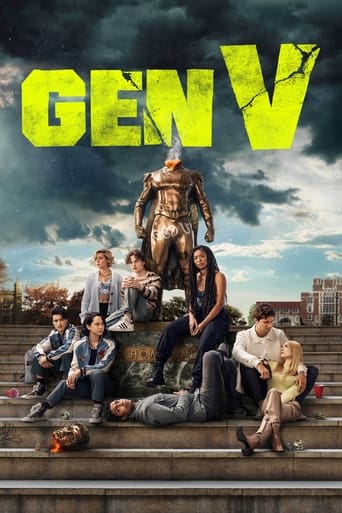

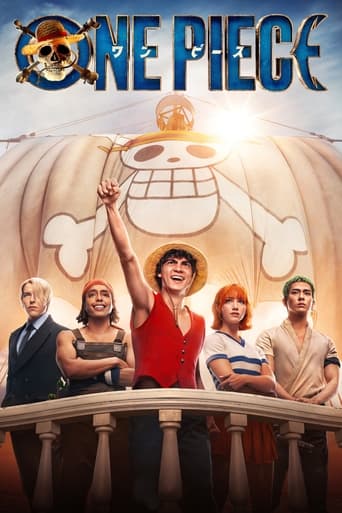
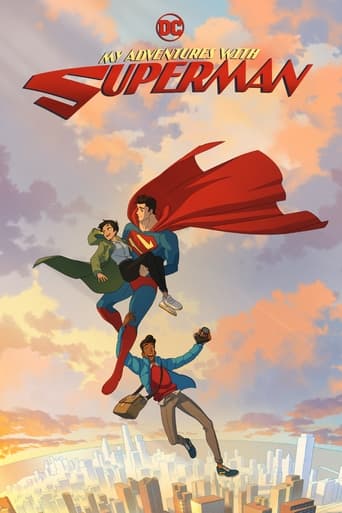
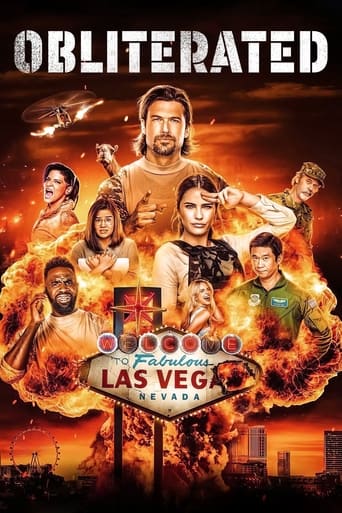
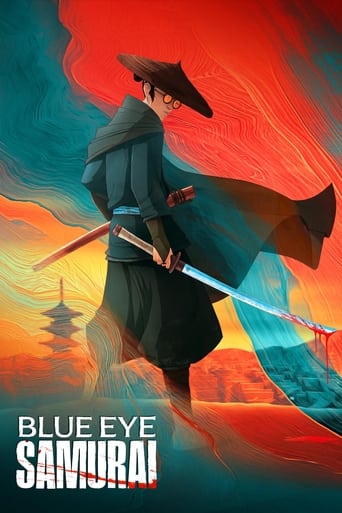
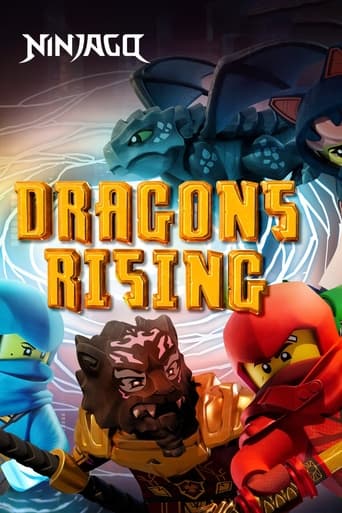
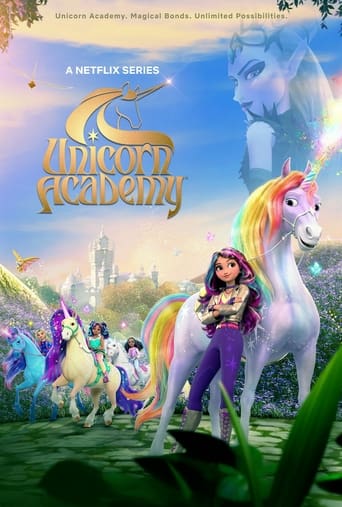




Val
For over 40 years Val Kilmer, one of Hollywood’s most mercurial and/or misunderstood actors has been documenting his own life and craft through film and video. He has amassed thousands of hours of footage, from 16mm home movies made with his brothers, to time spent in iconic roles for blockbuster movies like Top Gun, The Doors, Tombstone, and Batman Forever. This raw, wildly original and unflinching documentary reveals a life lived to extremes and a heart-filled, sometimes hilarious look at what it means to be an artist and a complex man.